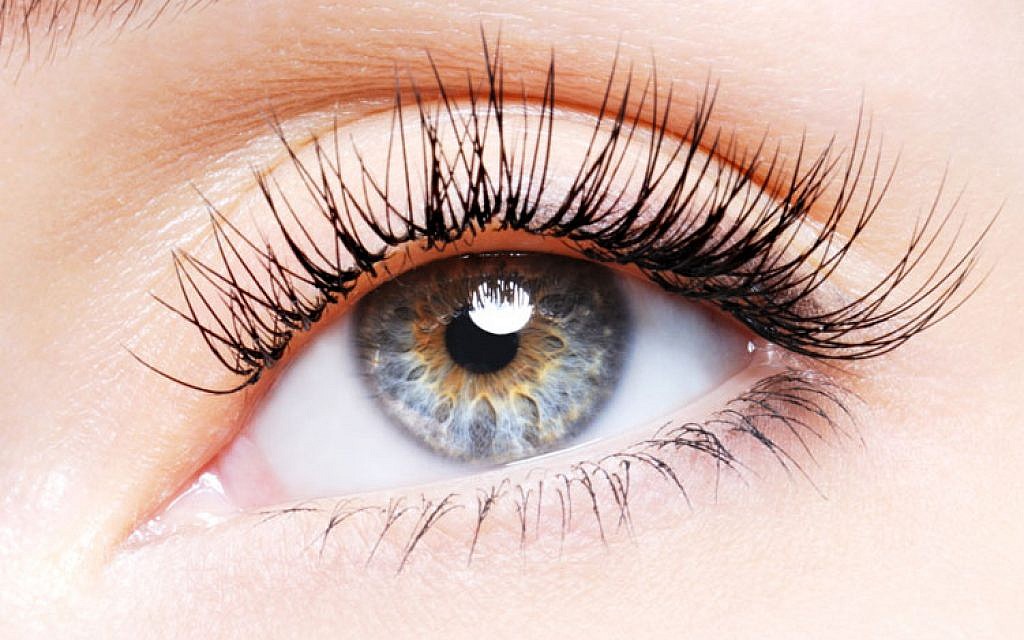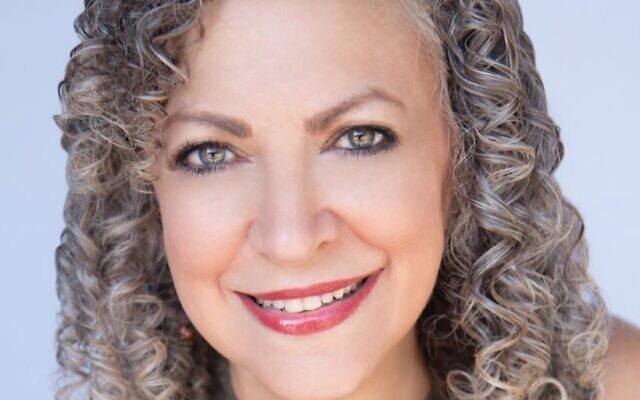Tevet: I Spy With My Little Eye, A Brighter Future
Meditation Focus: Consider your own vision. What are you a keen observer of? What is in your blind spot?
Dr. Terry Segal is a licensed Marriage & Family Therapist with a Ph.D. in Energy Medicine. She is the author of "The Enchanted Journey: Finding the Key That Unlocks You.”
Rosh Chodesh Tevet began on Saturday, Dec. 8. The Hebrew letter is ayin, meaning, eye, and looks like two eyes joined together at the base. Tevet’s task is correcting our inner and outer vision. As far as physical eyesight, human beings are created to have excellent vision. We have both rods and cones, two types of photoreceptors in the retina, and are able to view stars that are 4.24 light-years away. We can distinguish a wide variety of colors and can see great distances ahead, if nothing is blocking our view. Since not all human beings have perfect vision though, we’ve developed methods of improving and correcting it. This is unique to humans at this time. Having the sense of sight, especially keen vision, benefits us as a survival tool.
Animals whose survival depends upon their ability to see include birds of prey, who all have fine-tuned long-distance vision. The eagle’s vision, however, is superior, able to see its prey, such as a rabbit in the field, at a distance of about two miles. They see a wider range of colors than we can, while also being able to see ultraviolet light. Eagles, hawks and falcons see best during the day, but owls excel at night, using their binocular vision. They’re also able to move their heads nearly in a full circle.
Additionally, pupil shape and the orientation of the eyes plays a part in how well animals see. The mantis shrimp has the most complex eyes in nature, according to National Geographic. They have 12 to 16 types of light-detecting cells – compared to our three – that are sensitive to red, green and blue light, which allows them to see a far greater range of colors than we can.

The Mayans honored those who were cross-eyed, not seeing it as a disability to be corrected, but as a high-status trait. Mayan mothers attempted to induce cross-eyed strabismus by hanging balls in front of babies’ noses, in honor of Kinich Ahau, the cross-eyed sun god. They were thought to be able to see into the future, looking first with one eye and then the other.
From the esoteric to the mundane, “good eye” is a slang sports phrase used to compliment a player who sees or intuits something that benefits the team, such as whether the pitch is a ball or strike, if it’s good to swing at, or when a pitcher spots a player leading too far off the bag and throws him out. In basketball, a good pass can be made “behind the eyes of the defense.”
All of this is to say that vision is important. As humans, we don’t see well in the dark. In so many ways, it has been a very dark year, and tough for some people to see their way through it. But see through it we must.
Tevet is the perfect time to create vision boards. Each year, on January’s New Year’s Day, our family gets together, and each participant makes his or her own vision board. We gather our magazines for the year-end recycling, but first, we cut out phrases that speak to our souls about our hopes and dreams for the coming year. We might be moved by an image, or decide to cut out letters, random-style, that express a goal or an action that we’d like to embrace and keep in the forefront of our thoughts. It’s a mindfulness practice to keep the positive vision in front of your eyes. Motivating and encouraging, it brings your focus back to what you choose to pay attention to, those things that matter to you, and to what you’d like to bring your time and energy to daily.
Meditation Focus: Consider your own vision. What are you a keen observer of? What is in your blind spot? What is the impact on you when you have temporary blindness and can’t see your way in the dark? If a corrective lens was placed, not on your eyes but on your attitude, what would that look like?




comments